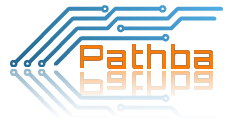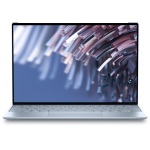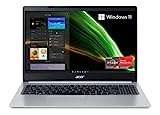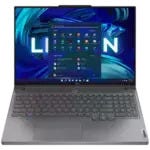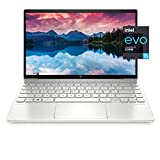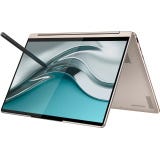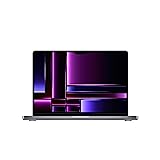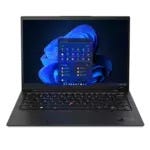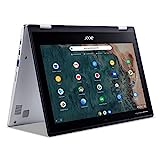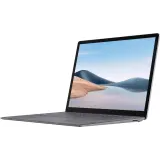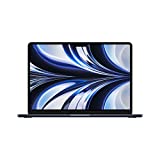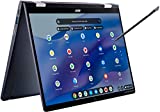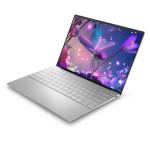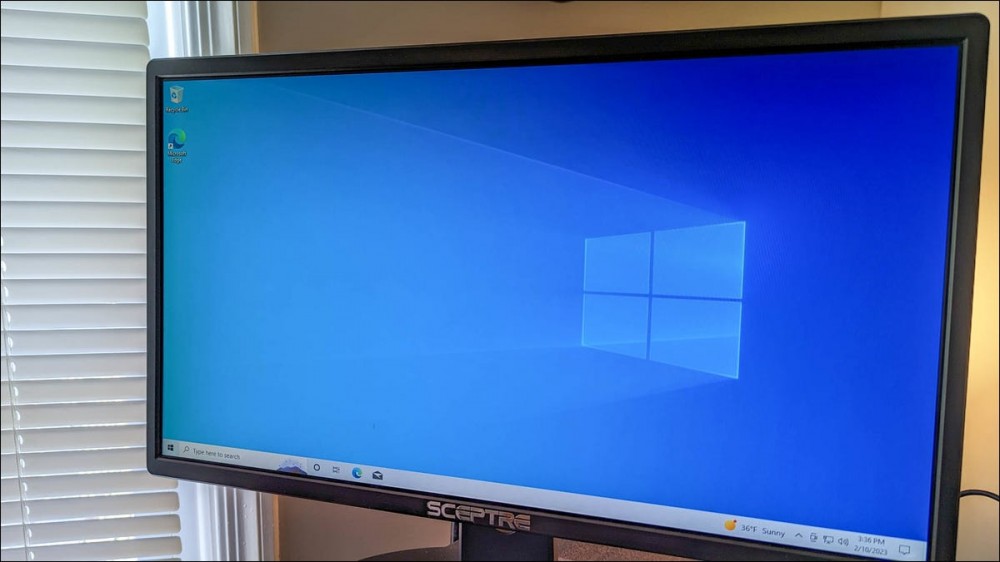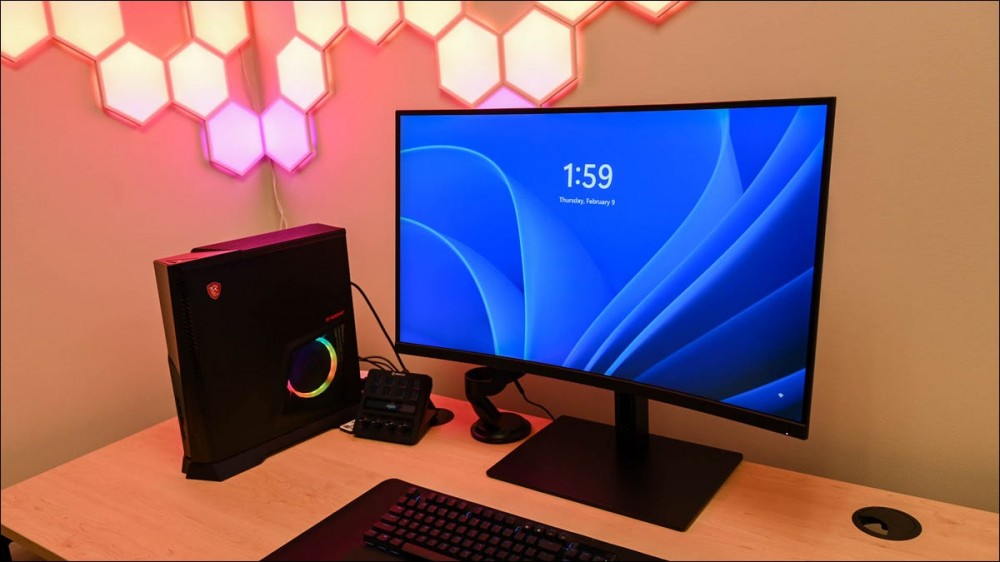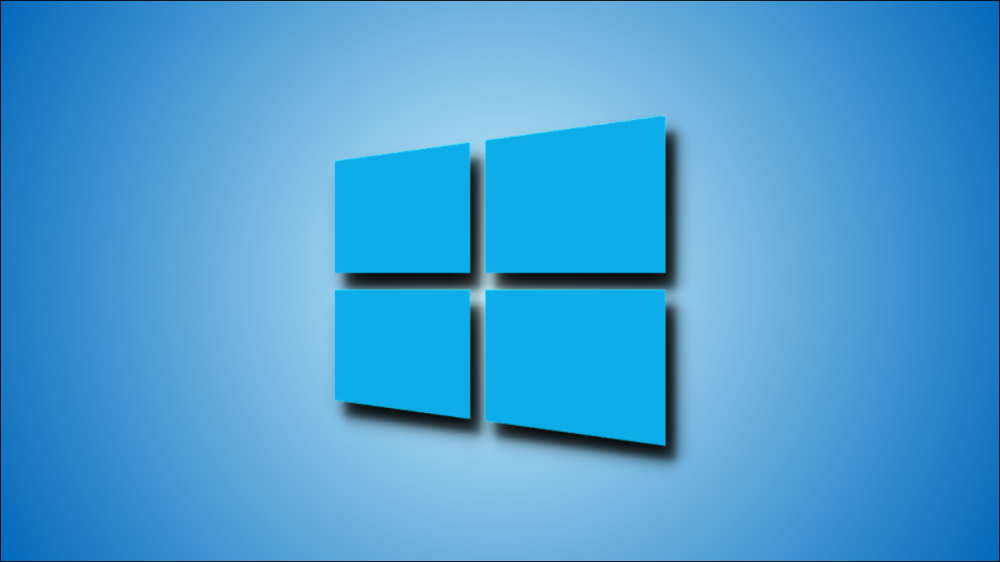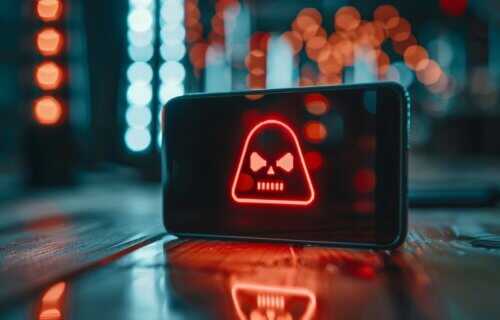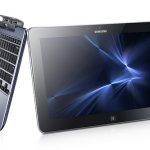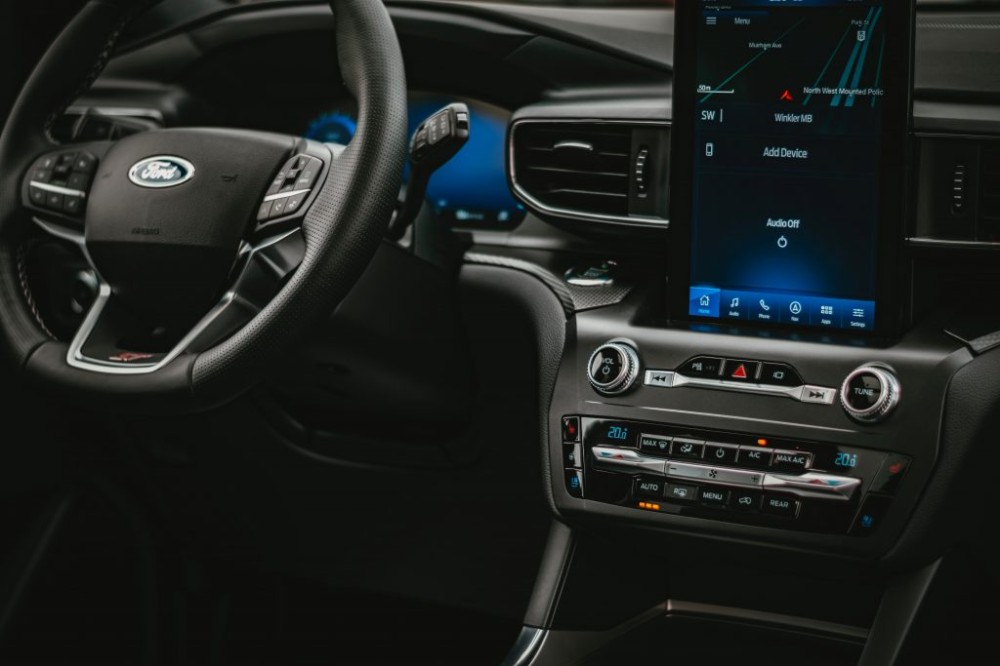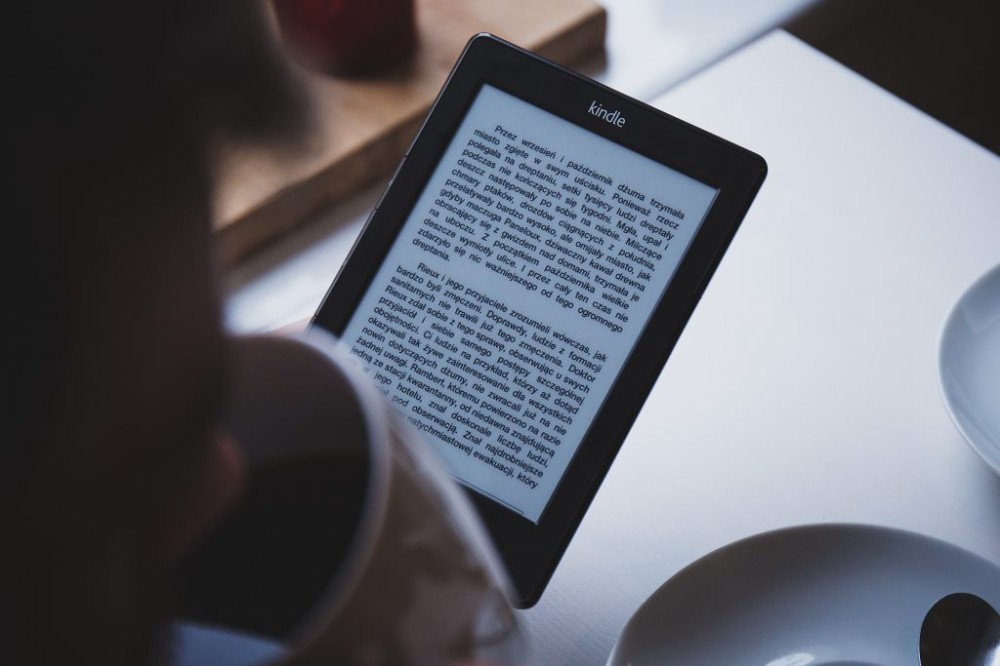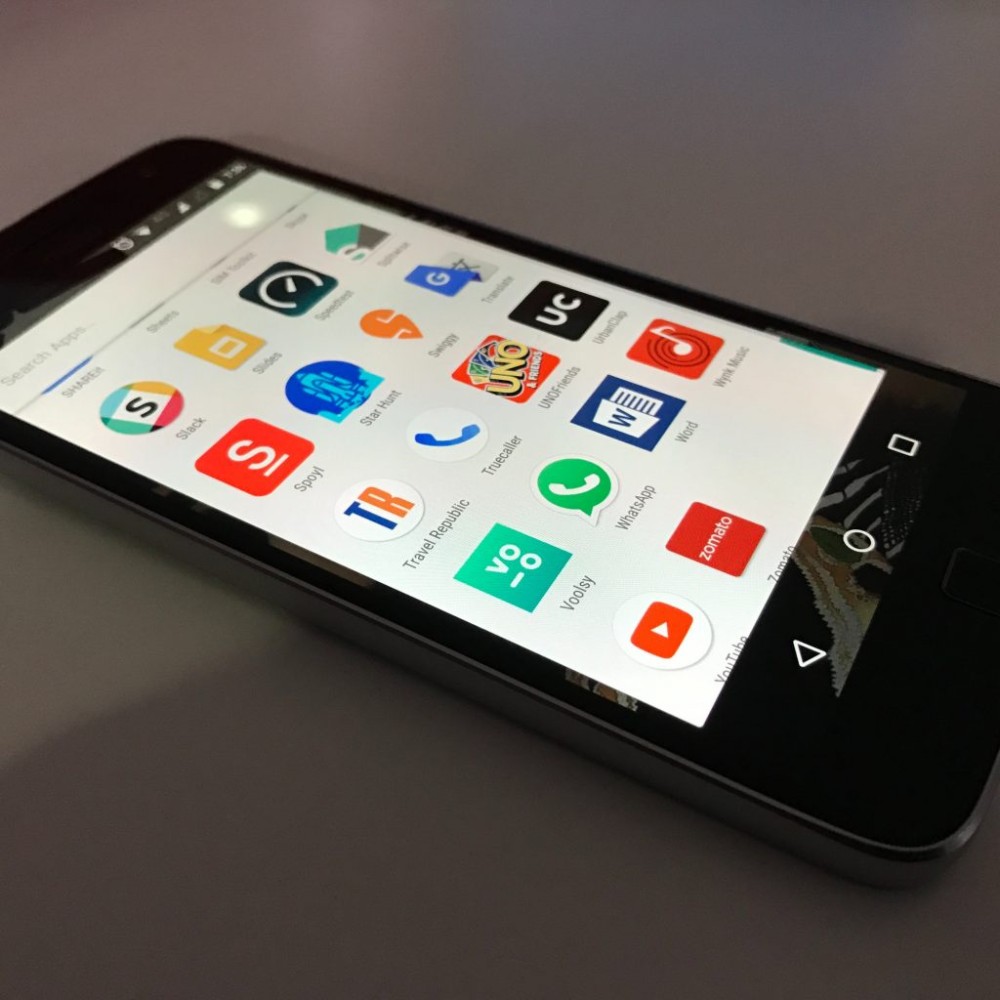What Is Smart Charging on Windows 10 and Windows 11?
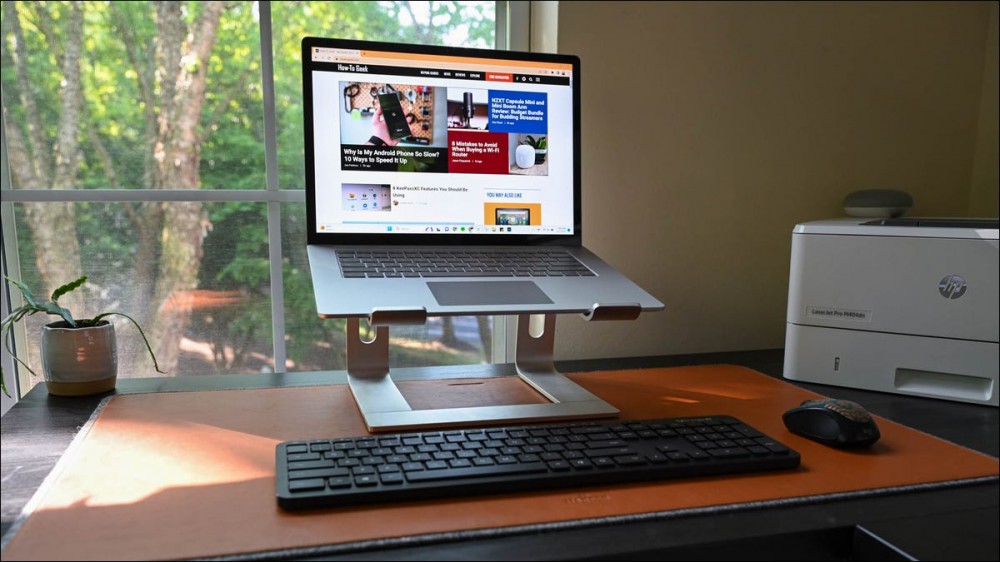

You may have noticed that your laptop battery won’t charge beyond 80%, despite it being plugged in for what feels like an eternity. Don’t worry — your laptop isn’t broken. Smart charging has just temporarily limited your battery to extend its useful lifespan.
What is Smart Charging on Windows?
Should You Use Smart Charging?
How Do You Enable or Disable Smart Charging?
How Does Smart Charging Actually Work?
What is Smart Charging on Windows?
Smart Charging is a feature built into Windows 10 and Windows 11 and used on some modern laptops — for example Microsoft’s Surface Laptop 4 or the Surface Pro 8 — to try and improve the longevity of your battery.
It does this by limiting the maximum charge the battery to 80% of its normal capacity if your laptop is plugged in for a long time, or if your laptop is charging in a hot environment.
Most laptop manufacturers have something equivalent to Microsoft’s smart charging, though the implementation varies. Some of them will slow down your charging, but allow it to progress to a full charge, while others will prevent your battery from charging beyond a certain point.
RELATED: How Much Does It Cost to Recharge a Battery?
Should You Use Smart Charging?
Yes, you should use smart charging. Smart charging, like adaptive charging, is designed to increase the useful lifespan of the battery in your device. It certainly won’t make things worse, and there is a good chance it’ll make things better.
Moreover, you don’t have much of a choice. Smart charging typically enables and disables itself automatically based on your charging habits. You can’t just click a toggle in your settings to turn the smart charging built into Windows on or off.
If you’re using something equivalent to smart charging offered through your manufacturer, you might be able to toggle it manually. In that case, toggle it on if you plan on leaving your laptop plugged in for a prolonged period of time.
How Do You Enable or Disable Smart Charging?
How you enable or disable smart charging on your laptop depends on whether you’re using the smart charging built into Windows, or some equivalent from your manufacturer.
If you’re using the smart charging built into Windows, then the simplest way to disable smart charging is to discharge your battery below 20% and then charge it again. The next charge should take your battery all the way up to 100%.
Enabling smart charging is more complicated. Smart charging is supposed to enable itself automatically when it detects that your laptop has been plugged in for a long time, as keeping the battery charged at 100% is bad for it. We have a few Surface Laptop 4s around the How-To Geek office, and we tried to get them to enable smart charging by leaving them plugged in for several days (more than a week in one case). None of them enabled it. It is unclear exactly how Windows decides when it should be enabled, but it enabling it certainly isn’t as simple as it should be.
Note: Getting the laptop hot while it was charging might have worked, but we didn’t test that, and you probably shouldn’t either — heat is the bane of electronics.
If you’re using other software to enable something equivalent to smart charging, then it is usually much easier. Most laptop other laptop manufacturers like Dell, Acer, HP, and others, have the feature included in their software package for your laptop. You’ll just be able to click a button to turn it on or off in that case.
Even if the feature isn’t available through software, most of the time your BIOS/UEFI will have an option that does something similar. Even the Surface Laptop 4s have an option that will limit how much the battery can be charged. Boot into the UEFI, then start by checking for an “Advanced” or “Power” section. If you can’t find the setting, you’ll need to consult the documentation for your laptop or motherboard to find out where it is.
Warning: Don’t just go wild changing settings in the UEFI/BIOS. You can easily mess something up and make your system unstable—or, worse yet, physically damage a component.

Unlike the smart charging built into Windows natively, the options built into your laptop’s UEFI can be toggled manually.
How Does Smart Charging Actually Work?
Batteries have a finite number of charge cycles — where the battery is charged from near empty to full — before it completely dies. Every charge cycle very slightly reduces the total capacity of the battery. This is ultimately why your phone’s battery is noticeably worse after years of use — the battery has physically degraded.
The more times you charge your battery, keep it charged at 100%, and the hotter it is while you do those things, the more quickly the battery will degrade.
Smart charging limits all of those factors and, ideally, extends the life of your laptop’s battery. Is it going to ensure that your battery has its original capacity after two years of regular use? No. But it might — depending on the battery chemistry and your use habits — let you eke out a few more years of use before your battery becomes annoyingly short-lived.
The Best Laptops of 2023 

